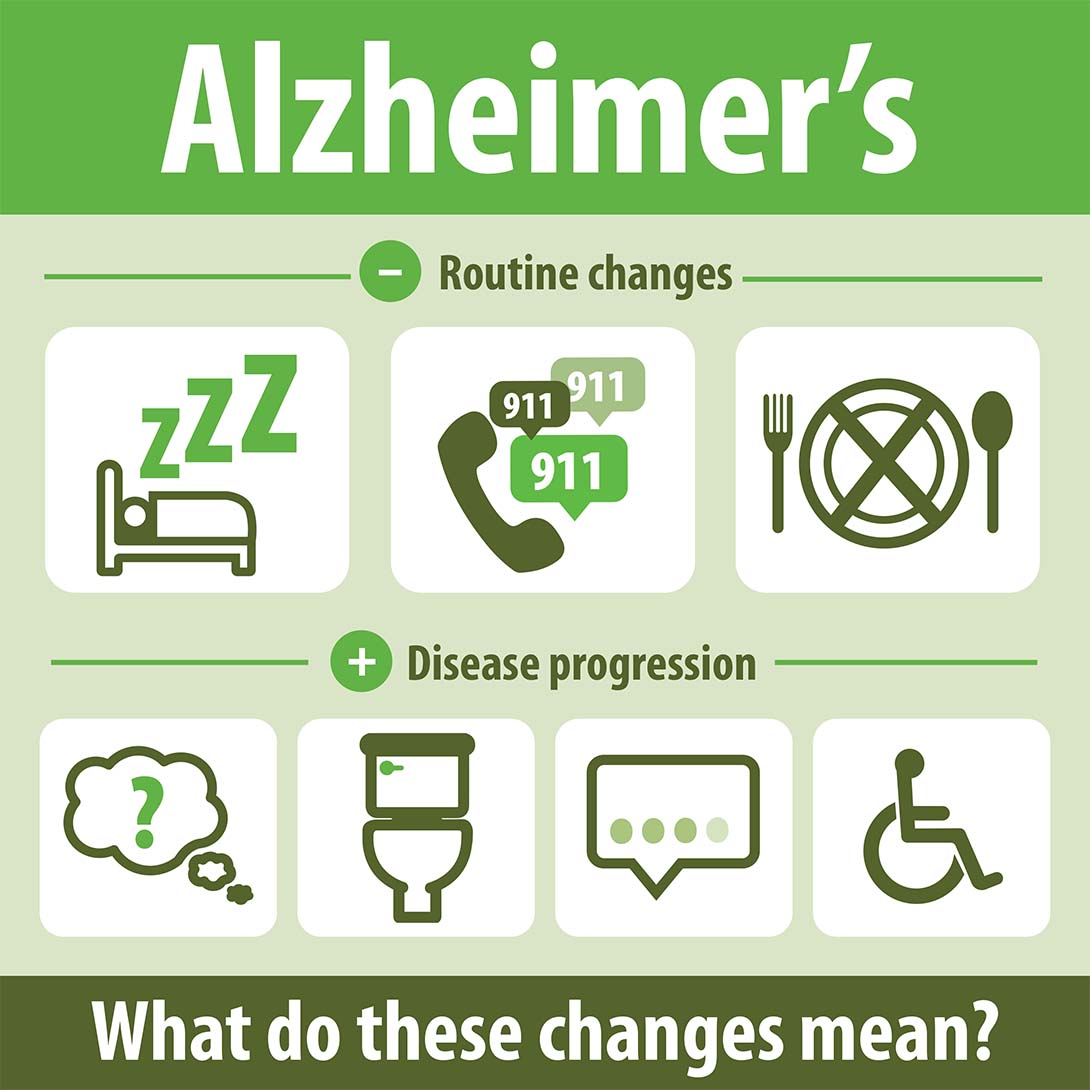Hospice Emergency Kits: What You Need to Know
 As a patient on hospice, or the caregiver of a patient on hospice, you may have been provided with a “kit.” Each hospice will use a different title or name for the kit and the medications in these kits will vary by hospice. In some cases, this kit may vary based on the condition or disease that you or your loved one has. At Crossroads Hospice, we call this an Emergency Symptom Kit, better known as an E-Kit.
As a patient on hospice, or the caregiver of a patient on hospice, you may have been provided with a “kit.” Each hospice will use a different title or name for the kit and the medications in these kits will vary by hospice. In some cases, this kit may vary based on the condition or disease that you or your loved one has. At Crossroads Hospice, we call this an Emergency Symptom Kit, better known as an E-Kit.
These kits originated from two hospice common goals:
- Prevent symptoms from occurring
- Rapidly treat symptoms that do occur
And, for these reasons, hospices may provide you with an E-Kit to leave in your home. The purpose of this kit is to have certain types of medications, usually in very small quantities. It’s so the medications are available in the home to rapidly treat symptoms that can occur in patients with a terminal illness.
Symptom Management in Hospice Patients
As hospice professionals, we realize that symptoms can occur at all hours of the day and night. Many medications require a signed, original written prescription. This requires contacting a physician to write a much-needed prescription and a pharmacy to deliver the medication. If it’s 2 a.m. on a Sunday, there can be some barriers to connecting with those people, causing unwanted delays.
This is why having an E-Kit in the home can be very beneficial. Here are some of the most common symptoms that can occur unexpectedly or that can worsen very quickly and the medications included in an E-kit to help alleviate them:
- Severe Pain - To urgently treat these symptoms, the E-Kit may include something for severe pain, such as Roxanol, a drug containing morphine.
- Agitation and Anxiety - There may also be a medication in your E-Kit to treat agitation and anxiety. This medication may be Valium, Ativan or a different medication in a similar drug class. These medications can treat both agitation and anxiety. Valium can also treat seizures.
- Increased Secretions - Your E-Kit may also include something to treat increased secretions, such as drooling or noisy respirations (such as a gurgling sound), which can be caused by fluid pooling in the back of the throat. This may be a drug called Atropine or Levsin.
- Nausea and Vomiting - The E-Kit can also include a medication for nausea and vomiting. This medication may come in a tablet or suppository form. Medications include drugs like Compazine, Phenergan or Zofran. Any of these drugs, as well as many others, can treat nausea and vomiting.
At Crossroads Hospice, we typically view the E-Kit much like you would view a first aid kit in your car. You hope will never need to use it, but if you do, it is reassuring to know that you have something that can be used in an emergency situation.
Our goal is to continue to be proactive, closely monitor for any symptoms that may occur and to plan ahead. However, in the event that a symptom occurs unexpectedly or worsens quickly, the E-Kit is a great tool that can help your hospice nurse keep you or your loved one comfortable until other interventions can be implemented. Follow the link to learn more about the process and the role of hospice nurses.
DeAnna Looper, RN, CHPN, CHPCA
Senior Vice President of Clinical Operations
If you found this information helpful, please share it with your network and community.
Copyright © 2015 Crossroads Hospice. All rights reserved.




